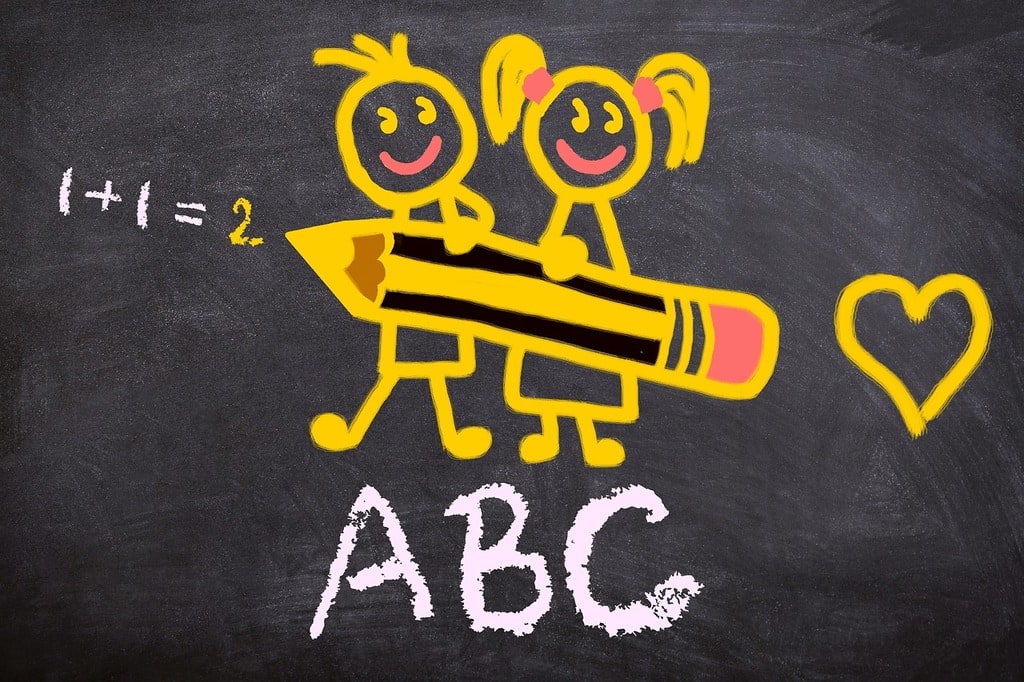Teaching in today’s dynamic and ever-evolving educational landscape requires modern educators to adopt innovative and effective methods. With the rapid advancement of technology and changing student needs, traditional teaching methods are often insufficient. Thus, educators must integrate new strategies to foster an engaging and productive learning environment.
Effective Teaching Strategies for Modern Classrooms
In the contemporary classroom, teachers need to employ a blend of traditional and modern techniques to meet diverse learning needs. This requires a focus on student-centered learning, leveraging technology, and fostering critical thinking skills. An effective teaching strategy is one that adapts to the individual needs of students while promoting active engagement. This ensures that each student is not only absorbing information but also able to apply it in real-world contexts.
Student-Centered Learning
One of the most impactful approaches is student-centered learning, which shifts the focus from the teacher to the student. This method encourages students to take ownership of their learning and become active participants in the educational process. Techniques such as collaborative learning, where students work together on projects, and inquiry-based learning, which promotes critical thinking through questioning, are essential.
Providing opportunities for students to engage in hands-on activities and discussions allows them to explore subjects in depth and develop a deeper understanding. By tailoring lessons to students’ interests and abilities, educators can create a more personalized learning experience that motivates and inspires.

Incorporating Technology
Technology plays a significant role in modern education, offering a wealth of resources to enhance teaching and learning. Incorporating digital tools and platforms can make lessons more interactive and accessible. From online learning management systems to educational apps, technology offers endless possibilities for engaging students.
Using multimedia presentations, virtual simulations, and interactive whiteboards can help bring subjects to life and cater to various learning styles. Additionally, technology can facilitate communication and collaboration among students, both in and out of the classroom. By integrating technology, educators can create a more dynamic and inclusive learning environment.
Developing Critical Thinking Skills
Another essential aspect of effective teaching is fostering critical thinking skills. Encouraging students to analyze, evaluate, and synthesize information helps them develop the ability to think independently and solve problems creatively. Strategies such as problem-based learning and Socratic questioning can challenge students to think deeply and consider different perspectives.
Providing real-world scenarios and encouraging debate and discussion can help students apply their knowledge in practical contexts. By promoting critical thinking, educators can prepare students for the complexities of the modern world, equipping them with the skills needed to navigate and succeed in various fields.
Active Learning Techniques
Active learning techniques are essential for keeping students engaged and motivated. Incorporating activities such as group work, peer teaching, and interactive discussions can make learning more dynamic and enjoyable. These methods help students retain information better and develop collaborative skills.
Using formative assessments, such as quizzes and feedback sessions, can provide immediate insights into student understanding and progress. This allows educators to adjust their teaching methods accordingly, ensuring that all students are on the right track.
Here are some effective active learning techniques to consider:
- Think-Pair-Share: students think about a question individually, then discuss their thoughts with a partner before sharing with the larger group.
- Jigsaw Classroom: students become “experts” on one part of a topic and then teach it to their peers.
- Flipped Classroom: students learn new content at home through videos or readings and then apply the knowledge during class through interactive activities.
Building a Positive Learning Environment
Creating a positive and inclusive classroom environment is fundamental for effective teaching. Establishing clear expectations and fostering mutual respect can help build a supportive community where students feel safe and valued. Encouraging open communication and providing constructive feedback can boost student confidence and motivation.
Incorporating social-emotional learning (SEL) activities, such as mindfulness exercises and team-building games, can help students develop important life skills. By prioritizing emotional well-being, educators can create a nurturing environment that promotes both academic and personal growth.
Continuous Professional Development
Finally, continuous professional development is vital for educators to stay current with the latest teaching strategies and technologies. Engaging in workshops, conferences, and online courses can provide valuable insights and skills. Collaborating with colleagues and participating in professional learning communities can also foster a culture of continuous improvement and innovation.
By staying informed and adaptable, educators can effectively meet the evolving needs of their students and contribute to the advancement of education. Embracing new methods and tools ensures that teaching remains relevant and impactful in today’s fast-paced world.
